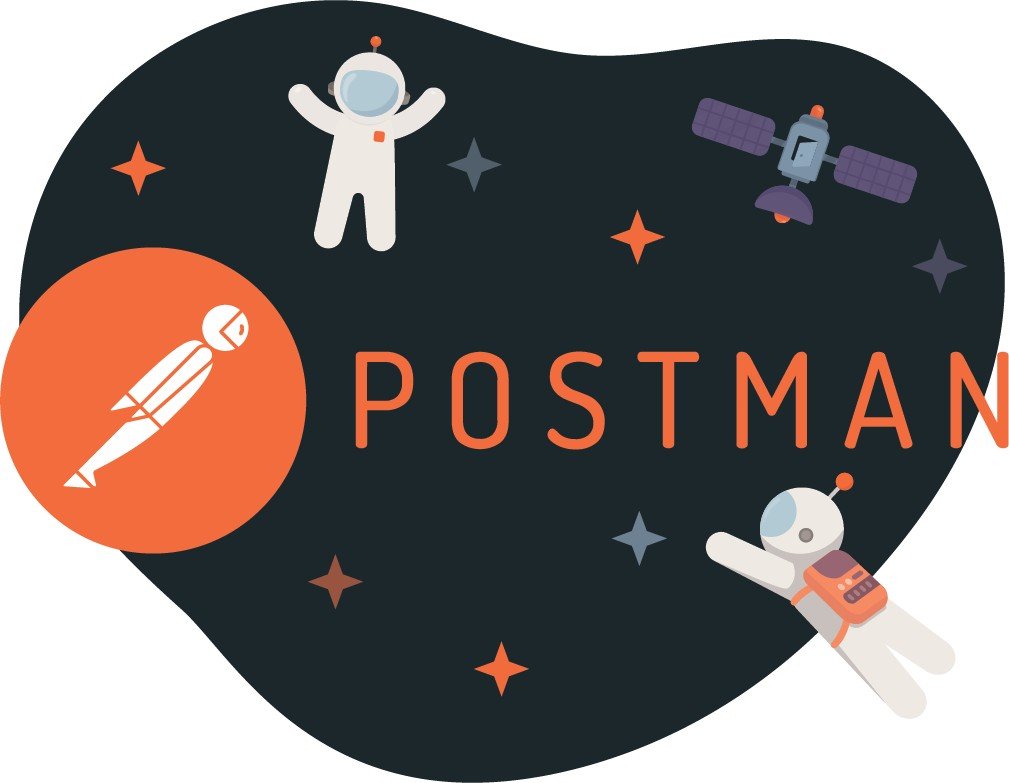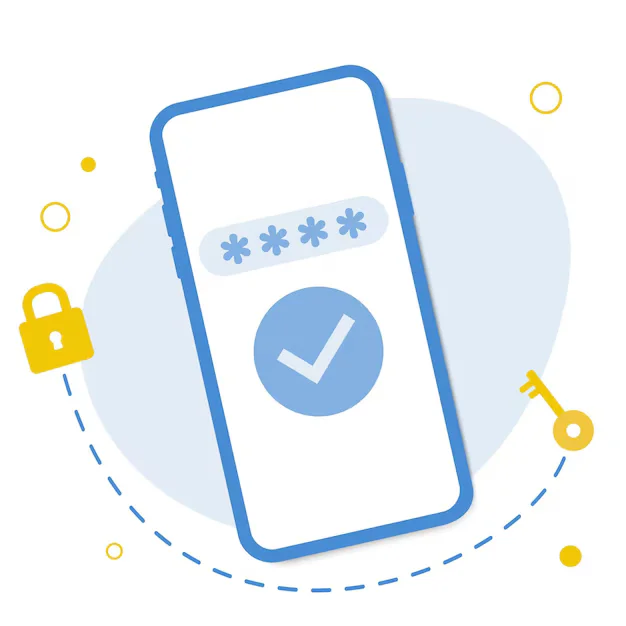
Automated API Testing & Development with Postman
Automated API testing is a process in which tests are conducted on an API using a script or code. Automation allows for rapid feedback and improved accuracy of the API’s performance, both during development and in production. Using Postman for automated API testing and development provides a number of advantages over manual testing methods. Postman’s automation suite enables developers to create automation scripts that can be used to test APIs with ease. Its user-friendly interface makes it easy to create, run, and maintain automated tests. It also provides features such as data-driven testing and the ability for users to write custom code for automation tests. This makes it easier to automate complex tests that would be difficult or impossible to automate manually. Another advantage of using Postman for automated API testing is the ability to quickly identify errors in the code before they cause problems in production. With Postman’s comprehensive debugging tools, developers can quickly find and fix problems before they become major issues for users. This helps ensure that APIs are reliable and perform as expected when released into production. Finally, Postman offers excellent support for continuous integration (CI). This helps developers quickly deploy changes into production without having to manually test each change manually. This reduces time spent on tedious manual testing tasks and increases the speed of development cycles, allowing teams to iterate faster on their products. In conclusion, Postman provides a powerful solution for automated API testing and development which can help teams develop high quality APIs faster than traditional manual methods. Its comprehensive feature set makes it easy to create automated tests, debug code efficiently, and reduce time spent on manual testing tasks thanks to its support for CI/CD pipelines.
Common Challenges with Postman and Solutions
Postman is an essential tool for API testing and development, however, there are some common challenges that can arise when using it. Typically, these challenges fall into the categories of authentication, data management, environment management, virtualization and integration.
Authentication:
One of the most common challenges with Postman is authenticating users. Without proper authentication protocols in place, any user can access your API and use it for malicious purposes. To prevent this from happening, developers should ensure they have implemented an authentication system like OAuth with their API. This will allow users to securely log in with a username and password before accessing the API.
Data Management:
Another challenge that has to be addressed when using Postman is managing large amounts of data. This can be especially difficult when dealing with different types of data such as images or videos. To address this challenge, developers should look into using a database management system like MongoDB to store and manage their data more efficiently.
Environment Management:
In order to properly test an API using Postman, developers need to have multiple environments available for testing different scenarios. Fortunately, Postman provides tools such as Collections which allow developers to easily define variables across multiple environments for better organization and testing accuracy.
Virtualization:
Virtualization is another important factor when testing APIs using Postman since it allows developers to quickly spin up virtual machines that can be used for testing various parts of an application before committing any changes to the actual codebase. To facilitate this process further, Postman offers its own virtual machine platform called “Newman” which allows developers to quickly create and configure virtual machines without having to deal with complex installation processes or configurations options.
Integration:
Finally, integration between different services or applications can also prove challenging when trying to test APIs with Postman since it requires knowledge on how different systems interact in order for tests to be accurate. To make the integration process easier, developers should consider utilizing third-party services such as Zapier or IFTTT so they don’t have to manually configure each service individually.
Course Enquiry
To schedule your training at your convenient time
Success Stories
Our students come from wide spectrum of backgrounds ranging from undergrads at small engineering colleges to experienced engineers at Google/Microsoft/Amazon.











